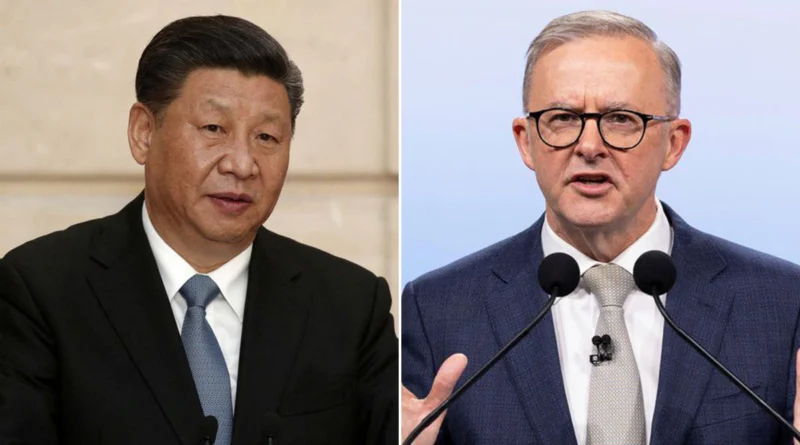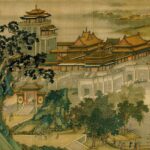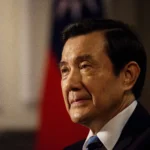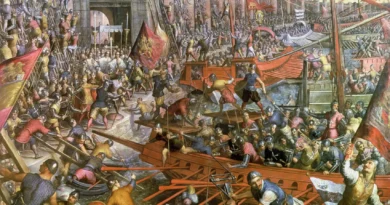The way back from Canberra to Beijing
XULIO RIOS
The Australian Prime Minister visits China to seal the normalization of relations between Canberra and Beijing, initiated at his meeting with Chinese President Xi Jinping in Bali, Indonesia, in 2022. Anthony Albanese will be the first Australian head of government to visit China in seven years. The agenda includes a meeting with President Xi Jinping and another with Premier Li Qiang, to later participate in the China International Import Expo in Shanghai.
Since Labor won the elections last year after 9 years of Conservative government, the rapprochement has been sustained, deactivating, one by one, the various fronts of discord. Beijing supports the process with commitments such as the review of Australian wine tariffs and other measures that evolve from the symbolic to the effective. Since 2020, bilateral tensions had significantly affected bilateral trade. Albanese's visit could mean a 180 degree turn.
Disagreements
The differences between Beijing and Canberra have been the dominant tone in the years of conservative Scott Morrison's government (2018-2022), very involved in the Indo-Pacific strategy promoted from Washington with the designation of China as the main security threat.
The growing catalog of political, economic or strategic differences has been fueled by decisions such as the adoption of specific legislation against foreign influence that deprived Huawei of carrying out 5G network contracts, the revocation of the agreement of the state of Victoria - south of Australia - to get involved in the Belt and Road Initiative with the same argument of national security, the veto of a dozen Chinese investment projects in the country or the insistence on demanding an independent investigation into the origin of the pandemic. Covid-19, among others.
Politically, criticism on human rights has also abounded, with special focus on the Uyghur community in Xinjiang, as well as in Hong Kong, or the arrest of journalist Cheng Lei or blogger Yang Hengjun, both of Sino descent. -Australian, in a context of distressing psychosis fueled by media and experts who claimed that thousands of Chinese agents were infiltrating the country's public life with the abject purpose of undermining the alliance between Australia and the United States.
This dynamic has been fed back with decisions in the field of security and strategy that thus achieved the applause of public opinion, but that China could only read in terms of hostility. ANDThe agreement for the acquisition of nuclear submarines from the United States (disregarding the previous agreement signed with Paris for the purchase of conventional submarines), or the understanding with Japan to strengthen cooperation in intelligence, cybersecurity or space under the protection of the QUAD, indicated a clear course of identifying Australia as an active part of the policy of strengthening Anglo-Saxon hegemony in the Pacific. For its part, AUKUS became the most important security agreement between the US, the United Kingdom and Australia since World War II. And it joined the so-called “Five Eyes” that include New Zealand and Canada to share information in the area.
The most disturbing thing for China is Canberra's military agreement with Washington, signed in 2014, which offers carte blanche to US troops in Australian territory, placing them under the control of the US Indo-Pacific Command. Northern Australia, with a strong presence of indigenous population, has become a privileged territory for the US command for any possible attack on China.
Juxtaposed to this dense accumulation of factors was a Chinese reaction with a strong economic content that was described as “coercion.” The most serious trade problems of Australia and China began with the Morrison government, in line with the trade war strategy sponsored by Donald Trump from Washington. china then downgraded the dialogue and stopped purchasing important raw materials, including coal, affecting Australia's trade balance, in addition to imposing high tariffs on beef, barley, timber, cotton, shellfish and coal, or Australian wines. Iron ore makes up the majority of Australian exports.
And all this occurred despite the fact that shortly after assuming the head of the Australian government, Scott Morrison declared that his country did not want to have to choose between the United States and China. But he did make his choice, that of a path of clear and open confrontation.
Course change
Although the visibility of the Australian turn was manifested virulently during Morrison's mandate, since 2010, when Labor's Kevin Rudd, a Sinologist and Sinophile who was also Minister of Foreign Affairs, was replaced at the head of the government by Julia Gilard, she immediately advocated for a distancing from Beijing.
Trade with China is greater than Canberra's total with its next three largest trading partners, Albanese recently recalled, and it is in Australia's "national interest to have good economic and trade relations with China."
The economies of both countries enjoy an important level of complementarity and geography offers them the possibility of cultivating mutually beneficial relations. Institutional and sustained dialogue can contribute to the clarification of each other's strategic intentions, ensuring the stabilization of ties, a concern that both parties share.
Changes in political majorities sometimes produce variations in strategic trajectories. However, given the reciprocal significance of both partners, it is crucial that the resolution of pending issues be addressed from a consensus that prioritizes the satisfaction of respective national interests. It is certain that they can be found. Because in the recent dynamics of the bilateral relationship, if anything can be guessed, it is that the most important driving force of its distortion has clearly been the impact on Australia of the US strategy. Which is still there.
Xulio Ríos is an emeritus advisor to the China Policy Observatory.












